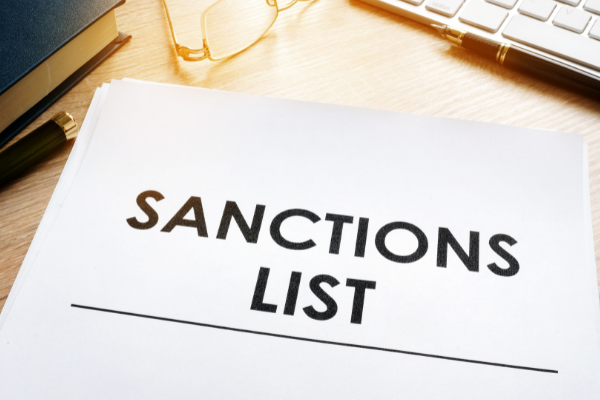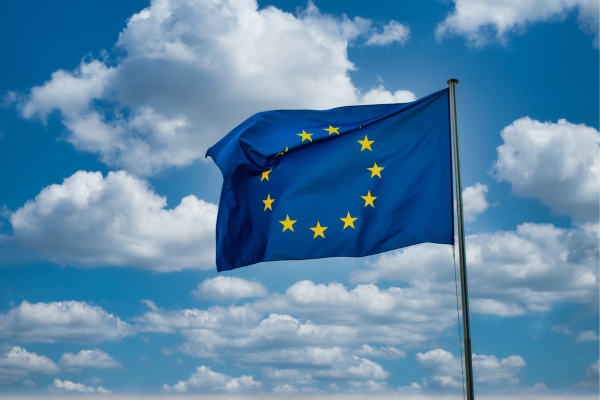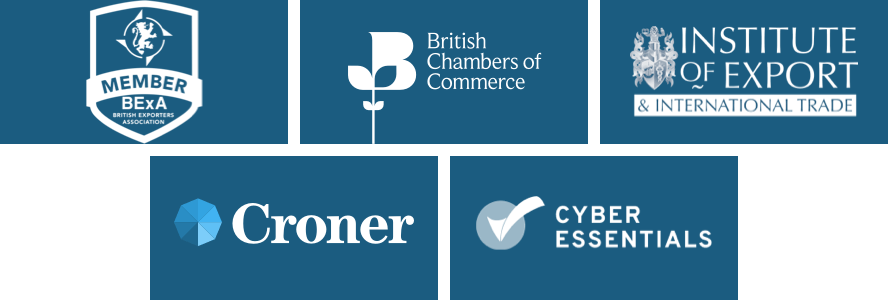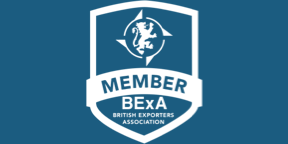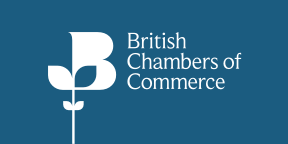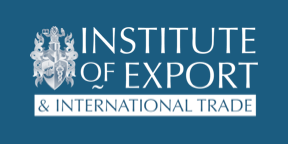BY:
SHARE:
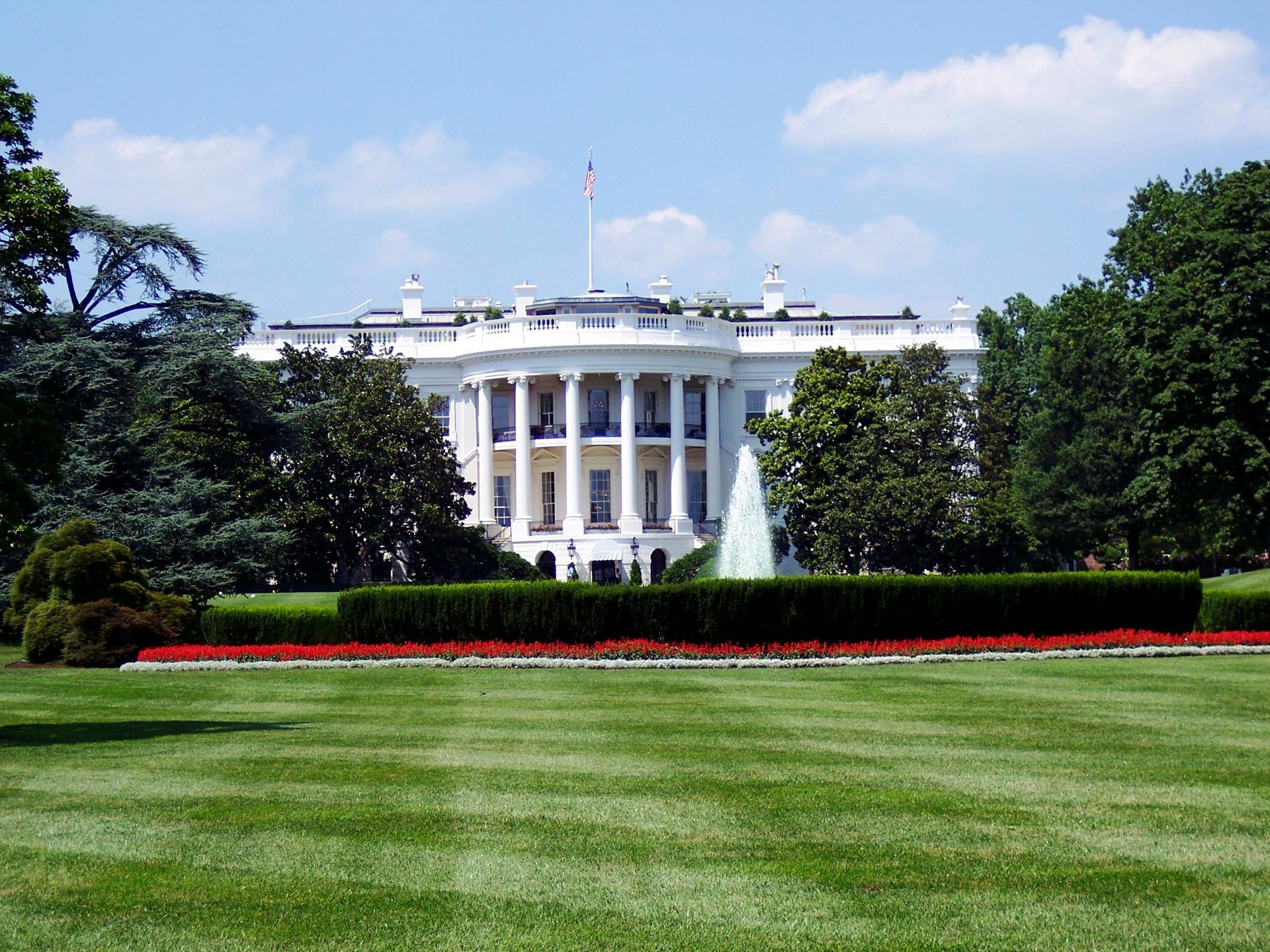
The Trade Expansion Act of 1962 (19 U.S.C. §1862) Article 232 makes provision for the US President to impose import trade measures where he considers there to be a threat to US national security.
Back in February this year, the President signed two Presidential Proclamations relating to two tariff measures for the implementation of imports into the US of steel and aluminium. The two US measures were implemented on March 12th, 2025, and directly affect imports of EU and UK steel and aluminium into the US.
The EU has used the time between the signing of the Presidential Proclamations and implementation of the tariff measures on the US side of the Atlantic, to consult on how best to respond to the impending Trump measures.
According to WTO agreements, in which the US and EU are parties, a response to such safeguarding measures must be proportionate. The corresponding trade measures announced by the EU on 12th March are intended to be presented as proportionate and justified.
The EU countermeasures are intended to protect European businesses, workers, and consumers, as all will eventually be affected.
Background: Previous measures and countermeasures imposed under the last Trump administration
In 2018, the US introduced tariff measures, increasing tariff charges on targeted EU steel and aluminium. The EU responded with countermeasures and increased tariffs on US aluminium and steel imports.
The US introduced further ‘rebalancing measures’ in 2020, purportedly to address an imbalance of trade, and again, the EU responded with its own ‘rebalancing’ or countermeasures to adjust and balance commercial trade values.
The original 2018 EU countermeasures were structured into two sets of goods captured in Annex I and Annex II of the Commission Implementing Regulation (EU) 2018/886 of 20 June 2018. The annexes relating to US goods for import where increased tariff charges would become due.
Measures relating to goods captured in Annex I of the regulation came into effect in June 2018, with further measures for goods captured in Annex II of the regulation scheduled for implementation in June 2021. Before the planned implementation of Annex II product measures, the EU suspended all tariff measures in June 2021, this suspension remaining in effect until 31st March 2025.
The EU is announcing now that it will remove the suspension of EU tariff measures already in place. These are goods captured under the two annexes from the 2018 regulation.
The suspension is scheduled to end on 31st March this year. Therefore, the EU will reimpose countermeasures on 1st April 2025. The 2020 rebalancing measures will also return on the same date.
The new US Tariff Measures
The US tariff measures were implemented on 12th March and consist of three key elements:
- Reinstating the increased tariffs on steel and aluminium products provisioned by the original implementation of Article 232 in June 2018. This tariff measure covers different types of semifinished and finished products, such as steel pipes, wire, and tin foil.
- Increasing the tariffs imposed on aluminium from the original 10% to 25%.
- Extending the tariffs to other products, notably:
- Steel and aluminium products including household products like cookware or window frames.
- Products that are only partly made of steel or aluminium, such as machinery, gym equipment, certain electrical appliances, or furniture.
The US Secretary of Commerce has established a method for continuing to extend the list of affected products subject to the additional 25% duties. This increase in goods capture should be in place by May 12th this year.
Traders will need to monitor US data updates on affected products and duty rates. Further EU measures will undoubtedly follow the US lead on the same goods or other imported US products to balance the trade deficit.
The EU's response to the US Tariff increases
The EU Commission has issued two countermeasures:
- The reimposition of the suspended 2018 and 2020 rebalancing measures.
- The imposition of a new package of additional measures.
Countermeasures need to be seen as justified and proportionate to those imposed by the US.
Reimposing suspended countermeasures
The safeguarding measures from June 2018 and 2020 will be fully implemented on April 1st. This means that the original products affected in Annexes I and II of the Commission Implementing Regulation (EU) 2018/886 will be subject to additional tariffs on imports into the EU.
The rebalancing measures that were suspended will impact on the same date, and the product base will be more extensive to goods included in both annexes.
Additional ‘rebalancing measures' will likely be brought into scope in due course to adjust the value impact on EU traders made by the higher US tariffs on EU imports into the US.
In the meantime, the EU is launching a two-week consultation with EU stakeholders to ensure that the correct products are selected for inclusion in further targeted measures. Any measures must be proportionate and not adversely affect EU businesses or consumers.
The full process to impose the additional countermeasures is as follows:
- 12th March 2025 - Stakeholder consultations begin:
- The list of targeted products proposed by the Commission is expected to be published on the DG TRADE website (a list of potentially affected goods is in a link at the bottom of this article).
- The proposed target products will include a mixture of industrial and agricultural products:
- Industrial products include steel and aluminium products, textiles, leather goods, home appliances, house tools, plastics, and wood products.
- Agricultural products include poultry, beef, certain seafood, nuts, eggs, dairy, sugar, and vegetables.
The EU Commissions expects that the EU stakeholder consultation will have concluded by March 26th with a view to publishing the Enforcement Regulation (EU) No654/2014 in due course, with the implementation of the measures to be in place by mid-April 2025.
The UK is expected to follow suit by implementing new trade tariff measures in due course.
Response from Rt. Hon. Jonathan Reynolds, UK Business Secretary
The UK's response to global tariffs on steel and aluminium - GOV.UK
UK Safeguarding legislation
Determining safeguard measures - GOV.UK
Links:
Products under review which could be subject to future EU Tariff balancing measures:
List of products which could be subject to possible commercial policy measures.pdf
EU’s regulations to support enforcement
Annex I and Annex II of the implementation regulation including goods captured in the tariff measures
EU Implementing regulation
Enforcement regulation to be used to bring new measures into use by mid-April 2025.
FAQs relating to the US Trade Expansion Act 1962 Section 232
Section 232 Tariffs on Aluminum Frequently Asked Questions | U.S. Customs and Border Protection
Section 232 of the Trade Expansion Action of 1962
Section 232 of the Trade Expansion Act of 1962 | Congress.gov | Library of Congress
WTO Agreement on Safeguarding
WTO | legal texts - Agreement on Safeguards
OneCall™ Email assistance as and when required; A one-call solution for all your import, export and customs enquiries. Export help. Import help. Customs help.
Stay informed about customs and international trade matters by subscribing to our OneCall™ service. This comprehensive offering includes a dedicated email helpline for support, timely practical updates direct to your inbox (Did You Know?), monthly UK Customs & Trade Briefings and access to an interactive members' area with an exclusive community for our subscribers.
International Trade Updates & Spotlight Newsletter
Subscribe to our free information emails covering international trade topics...



